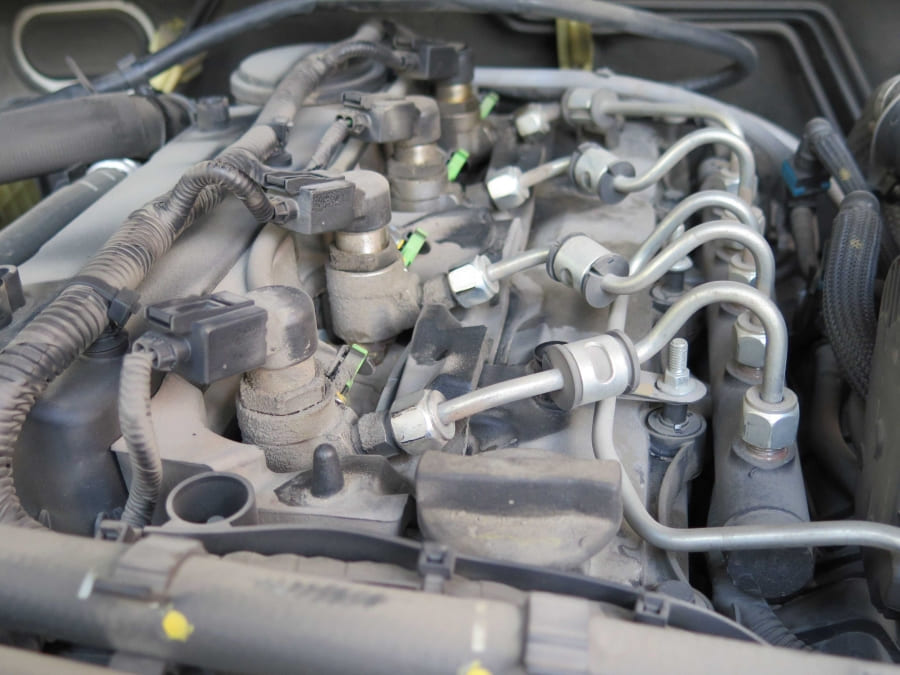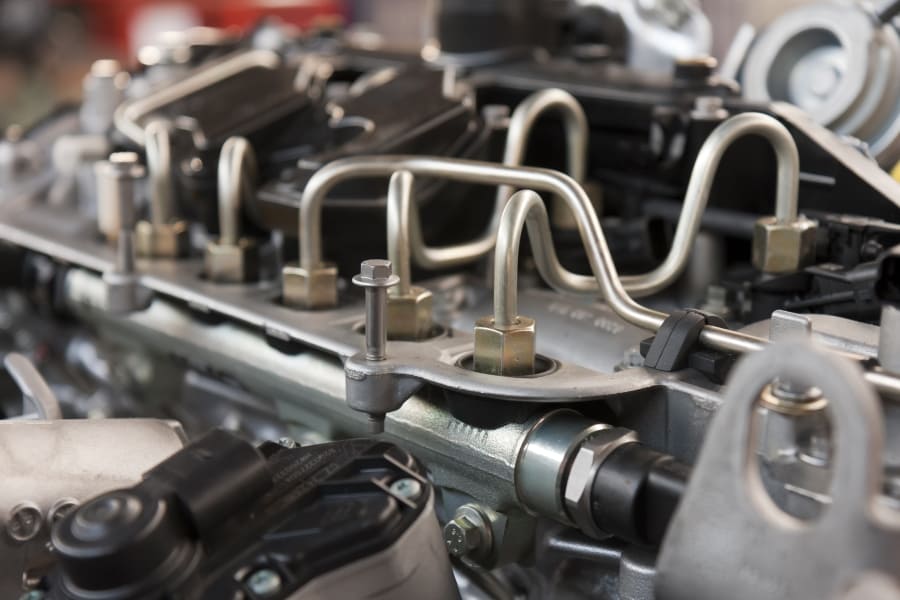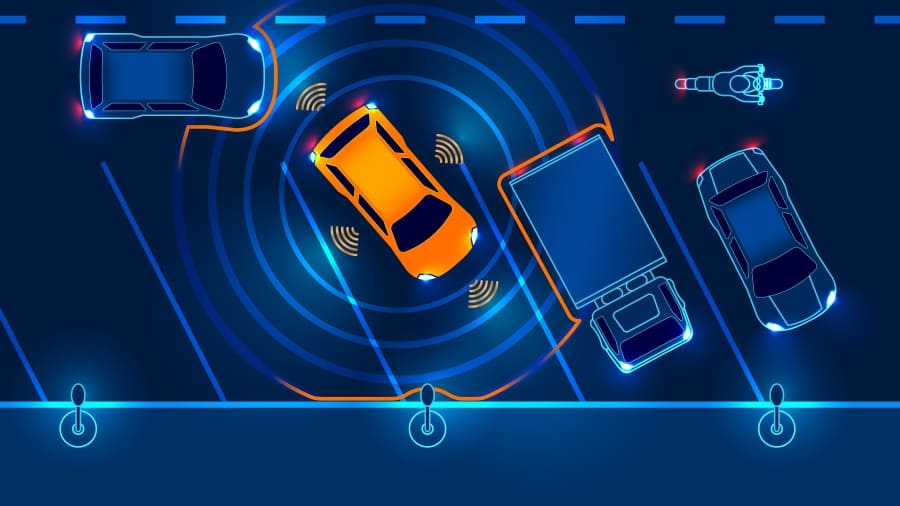
ESR (Electronic Wheel-Slip Reduction) is an electronic traction control system installed on SEAT cars. It works with ABS and other driver assistance systems and is active when driving at speeds below 40 km/h. The system improves stability, manoeuvrability, and the vehicle’s dynamics on slippery surfaces.
How ESR works
The ABS sensors measure the speed of the wheels. If one of them starts slipping, the system starts to slow it down. To do this, the pumps and solenoids of the ABS hydraulic unit increase the pressure in the corresponding brake circuit. As a result, the wheel torque is reduced and traction is restored.
Popular SEAT models equipped with ESR
- Ibiza 6J8, 6P8, KJ1
- Leon 5F1, 5F5, 5F8
- Toledo 5P2, KG3
- Alhambra 710, 711
- Ateca KH7.

Reasons for malfunction
- Failure of the ABS wheel speed sensor
- Low brake fluid level
- Difference in tyre pressure
- Failure of the brake pedal position sensor.


















Comment